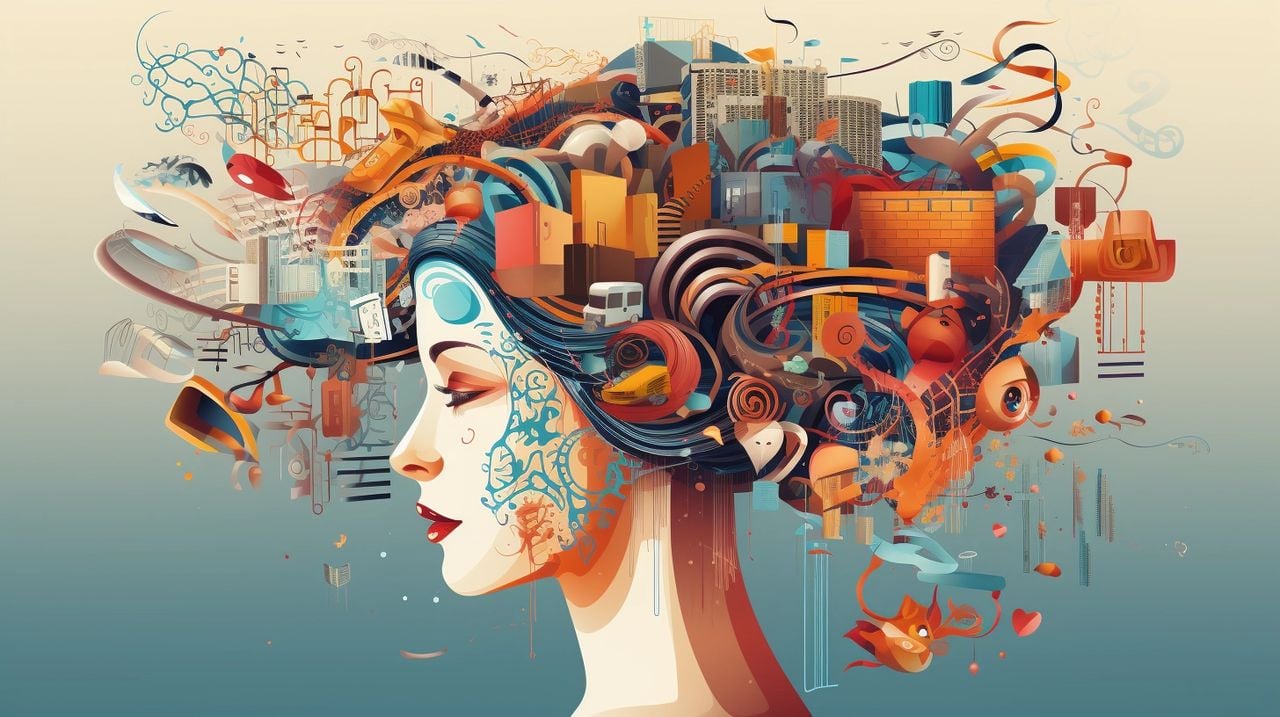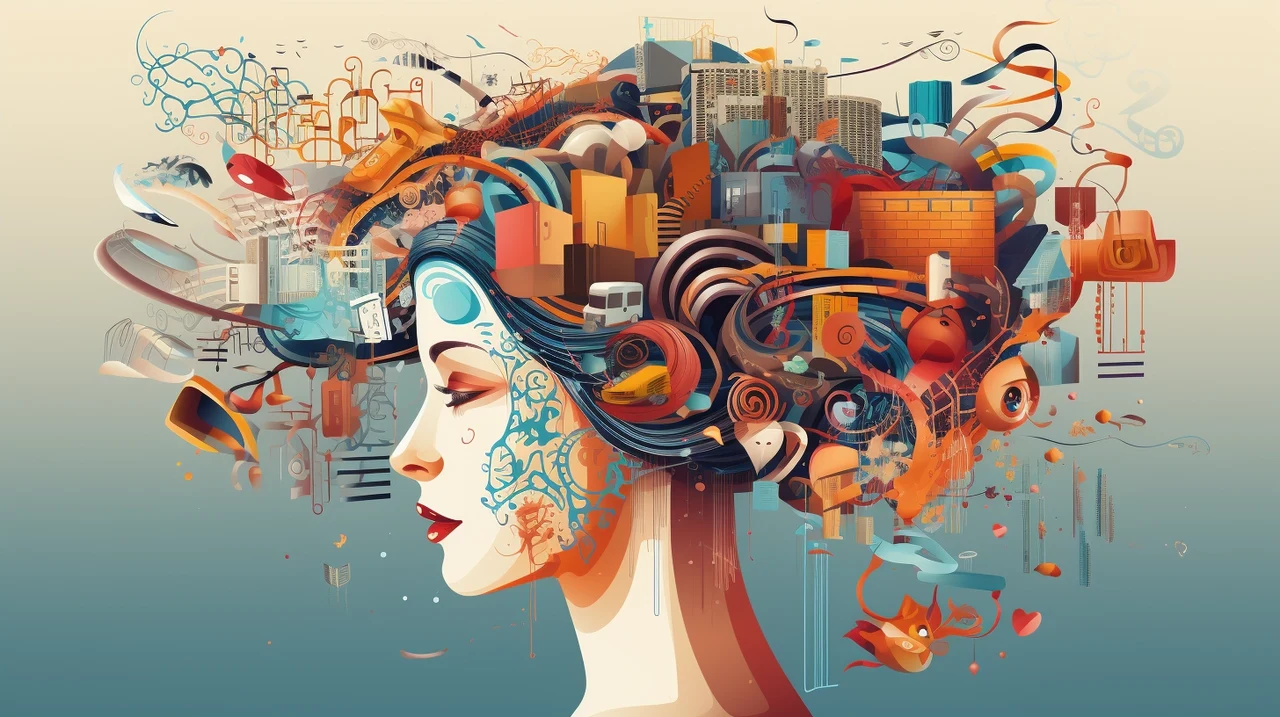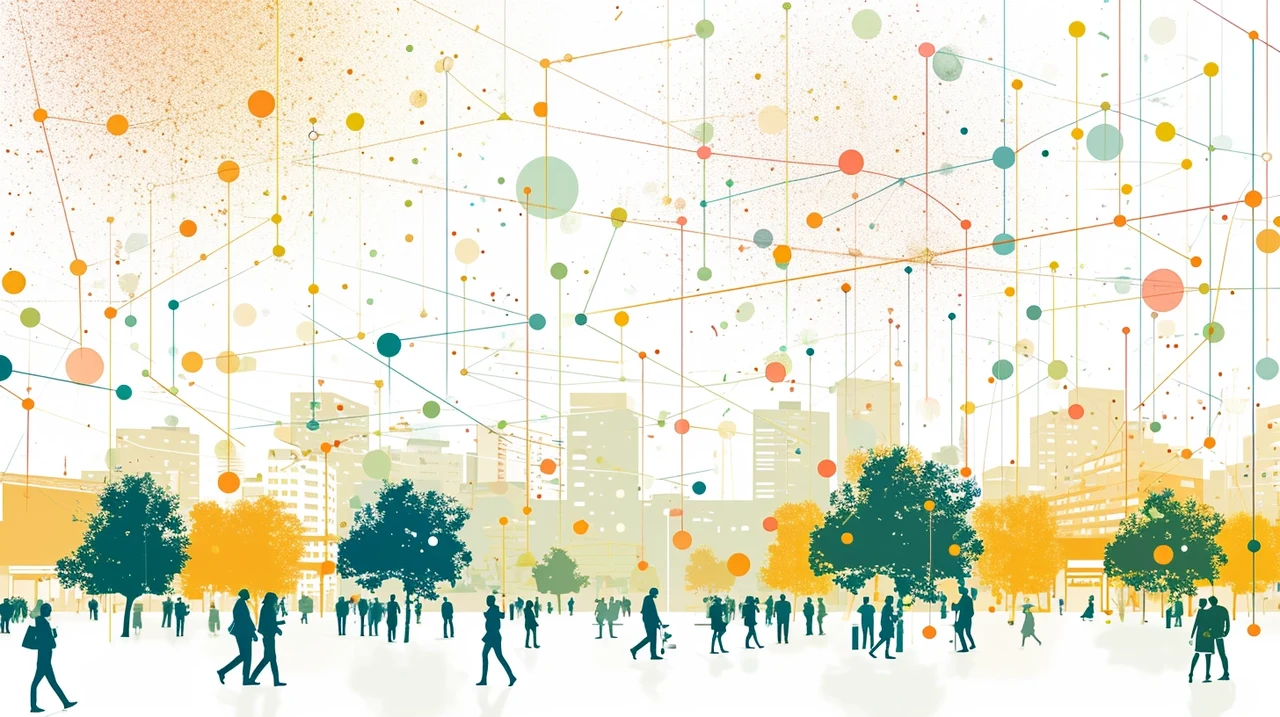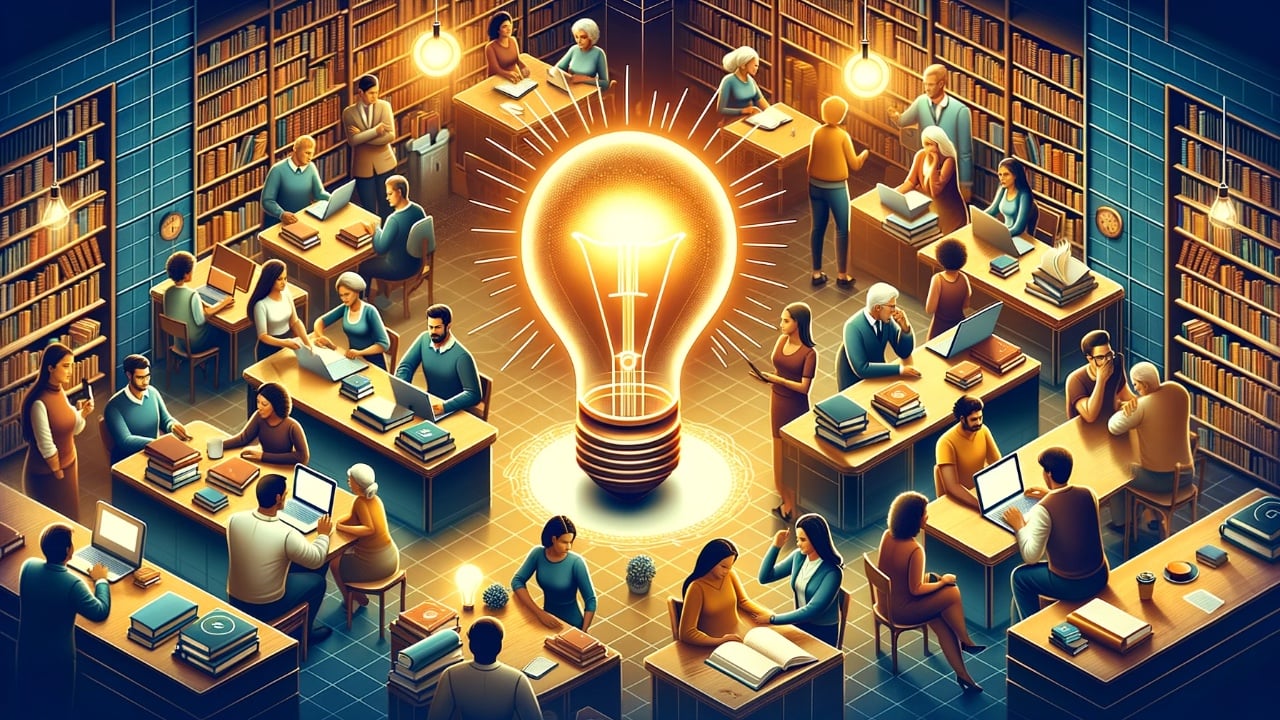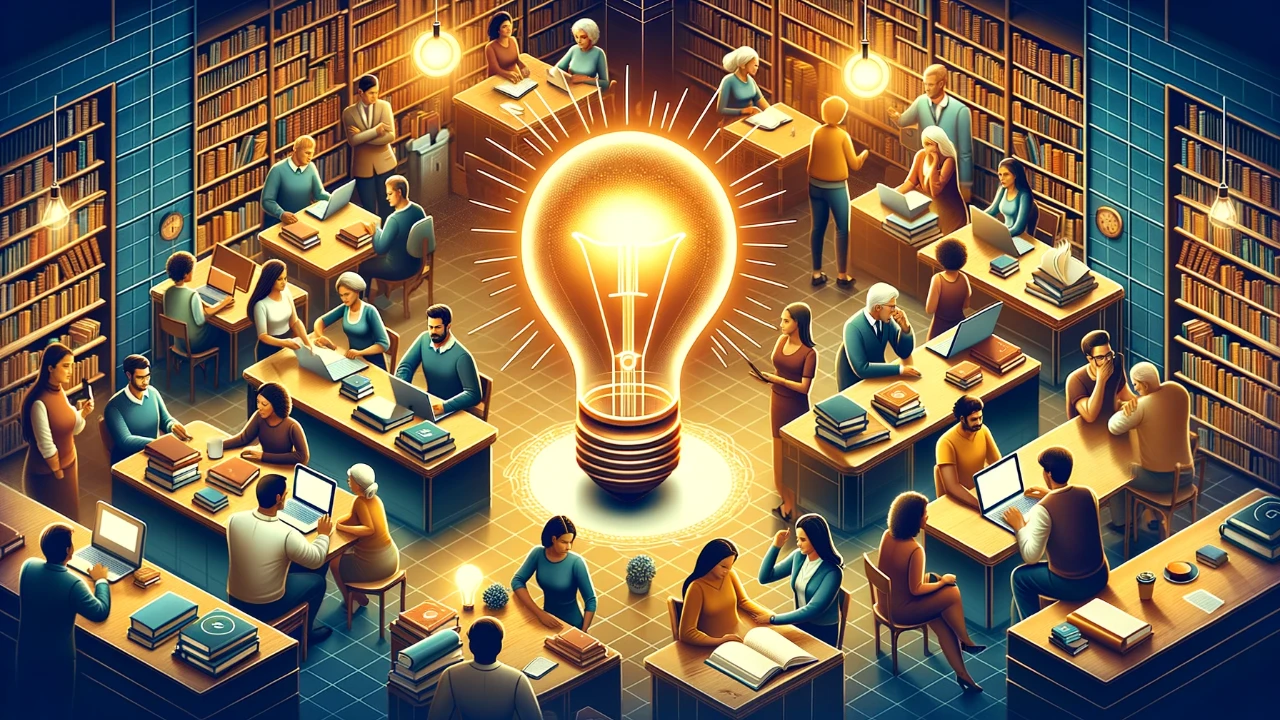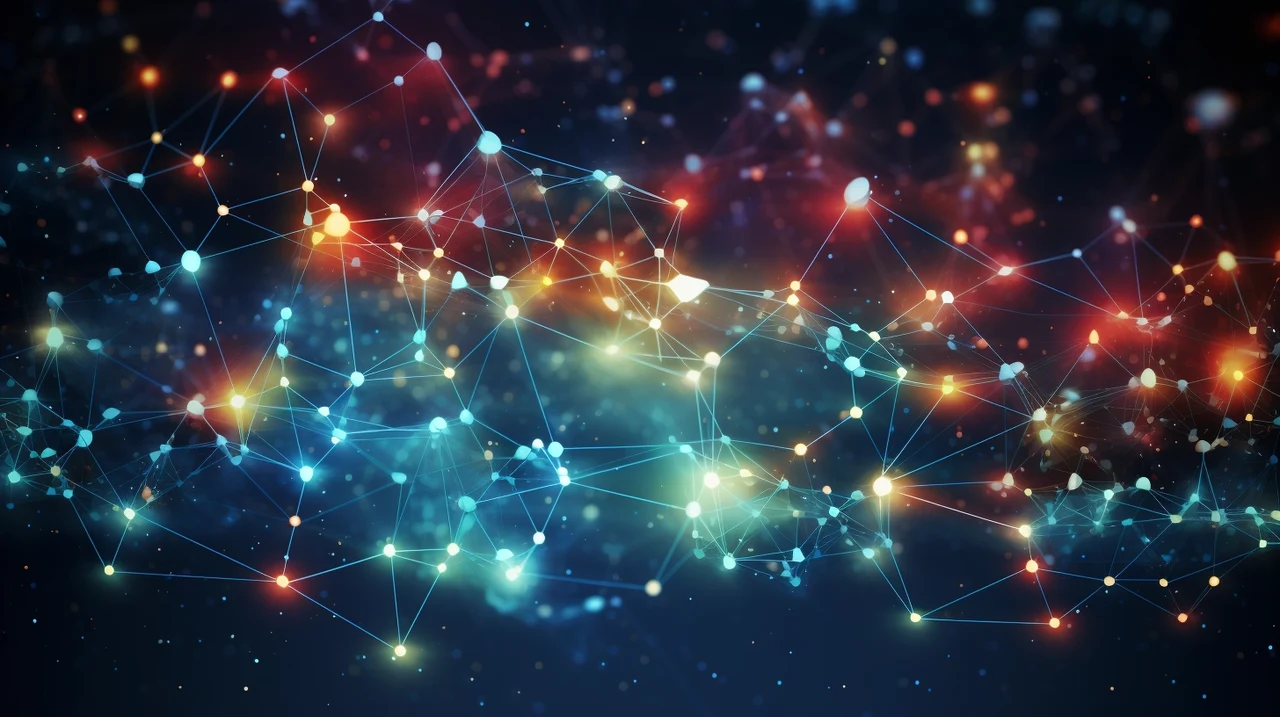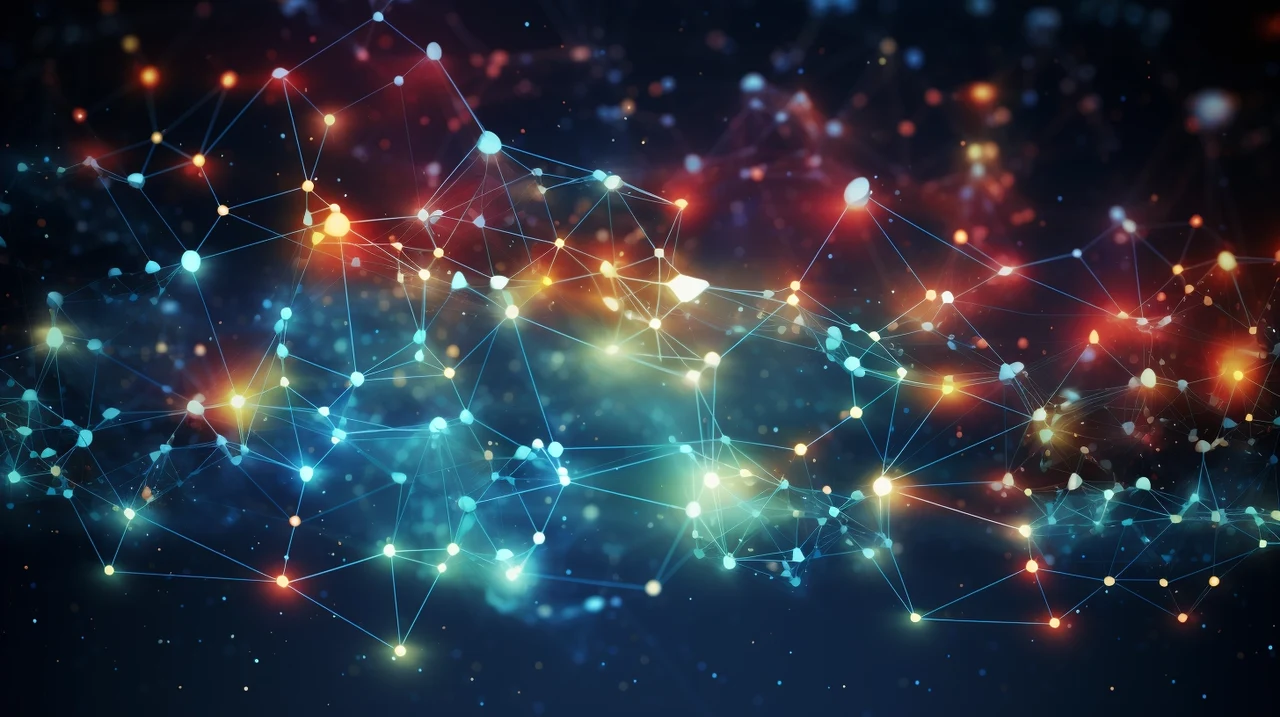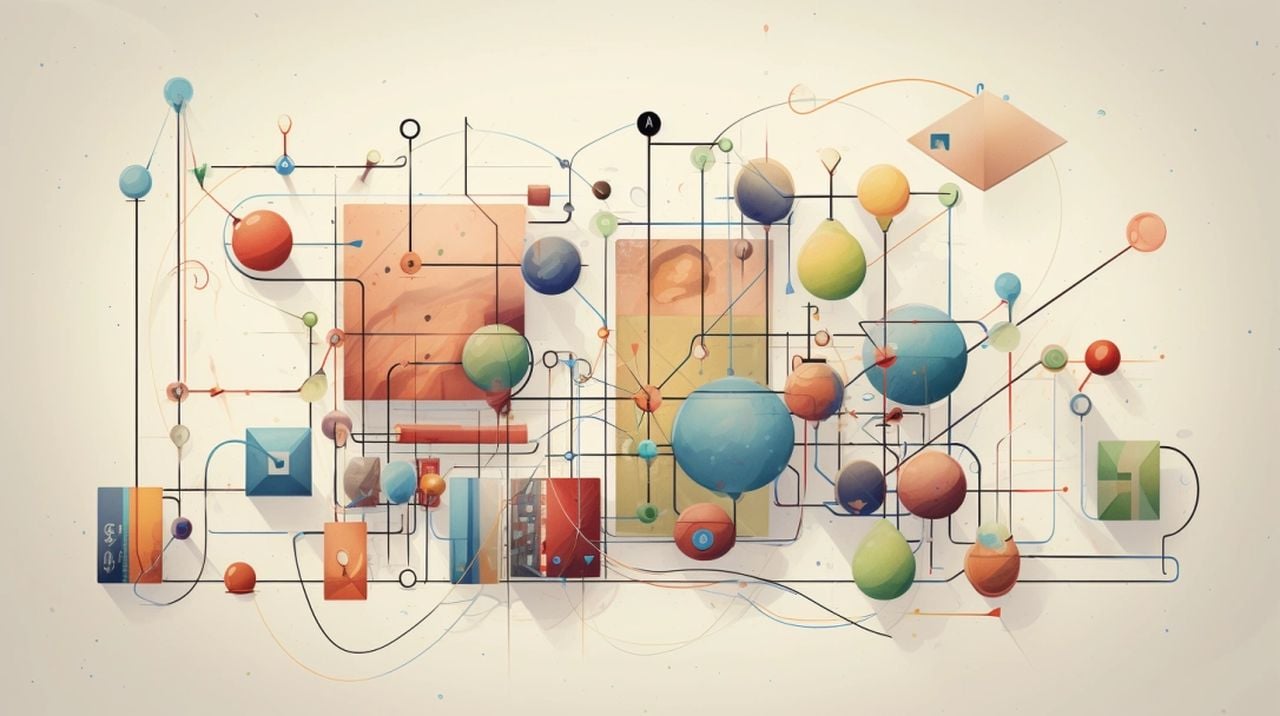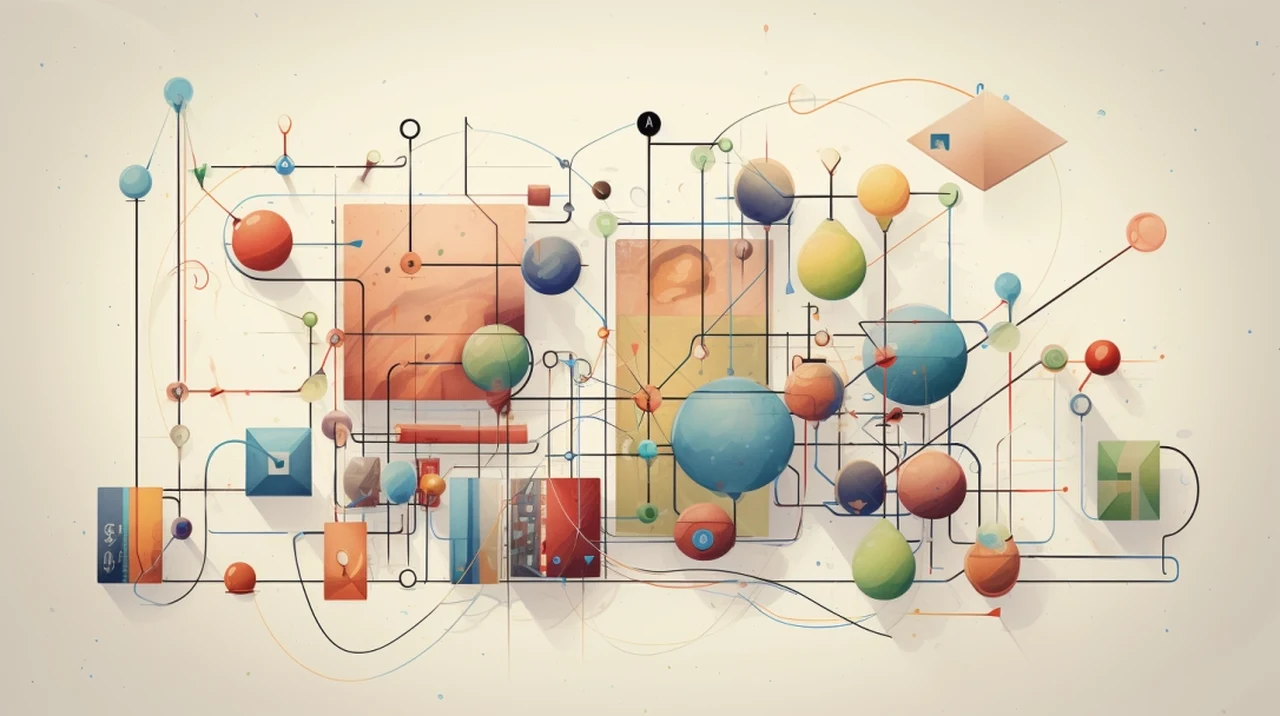
Are you confident in your cybersecurity knowledge? IBM has created an interactive Cybersecurity Quiz that challenges you to test your understanding of this critical field. This tool is not just a test; it’s a learning experience that caters to everyone, from experts to beginners. As you navigate through the quiz, you’ll encounter a variety of topics that are key to mastering cybersecurity.
At the heart of cybersecurity are three main concepts: prevention, detection, and response. The quiz begins by assessing your knowledge in these areas. Prevention is about stopping cyber threats before they can do any harm. Detection involves recognizing when a security breach has occurred. Response is the action taken to mitigate the damage caused by an attack. These are the foundations of a robust IT security strategy, and grasping them is essential.
Cybersecurity how much do you know?
Imagine the panic of losing a device that holds your digital keys. The quiz walks you through scenarios like this, teaching you how to recover securely and protect your digital identity. It’s a real-world issue that highlights the need for preparedness in the digital age. The quiz also delves into the Zero Trust model, a strict approach to cybersecurity that operates on the principle of not trusting anyone and verifying everything. You’ll be tested on your understanding of this method and how it helps protect systems and data from unauthorized access.
Here are some other articles you may find of interest on the subject of cybersecurity :
Understanding Cybersecurity Fundamentals
Take the IBM Cybersecurity Quiz to evaluate your knowledge and strengthen your defenses against the evolving dangers of the online world. Keeping up-to-date with cybersecurity is the best defense you have.
Question 1: Cybersecurity involves
- A. Prevention, detection, and response
- B. Protection, obfuscation, and reporting
- C. Encryption, encryption, and more encryption
- D. Firewalls, antivirus, and hope
Explanation: Cybersecurity focuses on preventing cyber attacks, detecting threats promptly, and responding effectively to mitigate damage.
Question 2: With FIDO passkeys, if you lose your device, there is no way to recover your account.
Explanation: If you lose your device, there are several ways to recover your account, such as using a different device synced to a cloud service or undergoing the usual account recovery process.
Question 3: Zero Trust can be summarized as
- A. Trust everything, verify nothing
- B. Trust nothing, verify everything
- C. The bare minimum
- D. A paranoid delusion
Explanation: Zero Trust security model operates on the principle of not trusting any entity inside or outside the network without verification.
Question 4: Which of these should you do first if you’re founding an IT security program?
- A. Define policy
- B. Encrypt everything
- C. Analyze risk
- D. Get a good breakfast
Explanation: The first step in establishing an IT security program should be to analyze risks, as this informs the policies and measures to implement.
Question 5: What happens to the strength of a symmetric key when you make it one bit longer?
- A. It doubles
- B. It stays the same
- C. It gets slightly stronger
- D. It creates a rip in the space-time continuum
Explanation: The strength of a symmetric key doubles with each additional bit, significantly increasing the difficulty for an attacker to crack it.
Question 6: Hardening is an example of which security principle?
- A. Defense in depth
- B. Separation of duties
- C. The principle of least privilege
- D. What happens when you leave bread out too long
Explanation: Hardening a system involves applying the principle of least privilege, eliminating unnecessary access rights or services to minimize vulnerabilities.
Question 7: Absolute security
- A. Is ultimately achievable
- B. Requires good firewalls
- C. Is worth any cost
- D. Is a pipe dream
Now that you have completed the cybersecurity quiz check out the answers below to see how you fared. A critical aspect of cybersecurity is risk analysis. The quiz prompts you to identify and evaluate potential threats, which is vital for setting up effective defense strategies. Being able to prioritize risks is a key skill for enhancing your cybersecurity.
Encryption is a powerful tool, but it’s only as strong as the keys that protect it. The quiz examines your knowledge of key strength and the significance of key length in maintaining security. With cybercriminals always looking for new ways to break into systems, it’s important to know how to make encryption as tough as possible.
The quiz also covers system hardening, which involves applying the principle of least privilege to reduce a system’s vulnerability to attacks. By testing your knowledge in this area, the quiz underscores the value of this preventive measure. One of the important lessons the quiz imparts is that absolute security is unattainable. It stresses the importance of constant vigilance and the need to adapt to emerging threats. This serves as a crucial reminder that the fight for cybersecurity is ongoing.
Answers
- A. Prevention, detection, and response is the correct answer. Cybersecurity is about preventing attacks, detecting threats, and responding to incidents effectively.
- False is the correct answer. There are multiple ways to recover your account, including using another device or through account recovery processes.
- B. Trust nothing, verify everything is the correct answer. Zero Trust is a security model that advocates for rigorous verification of every entity, inside or outside the network.
- C. Analyze risk is the correct answer. Risk analysis should be the first step in establishing an IT security program, as it informs the development of policies and security measures.
- A. It doubles is the correct answer. The strength of a symmetric key increases exponentially with each added bit, doubling with just one additional bit.
- C. The principle of least privilege is the correct answer. Hardening a system by applying the principle of least privilege involves removing unnecessary permissions to reduce vulnerabilities.
- D. Is a pipe dream is the correct answer. Absolute security is unattainable; the goal is to manage and mitigate risks to acceptable levels.
Filed Under: Guides, Top News
Latest timeswonderful Deals
Disclosure: Some of our articles include affiliate links. If you buy something through one of these links, timeswonderful may earn an affiliate commission. Learn about our Disclosure Policy.


